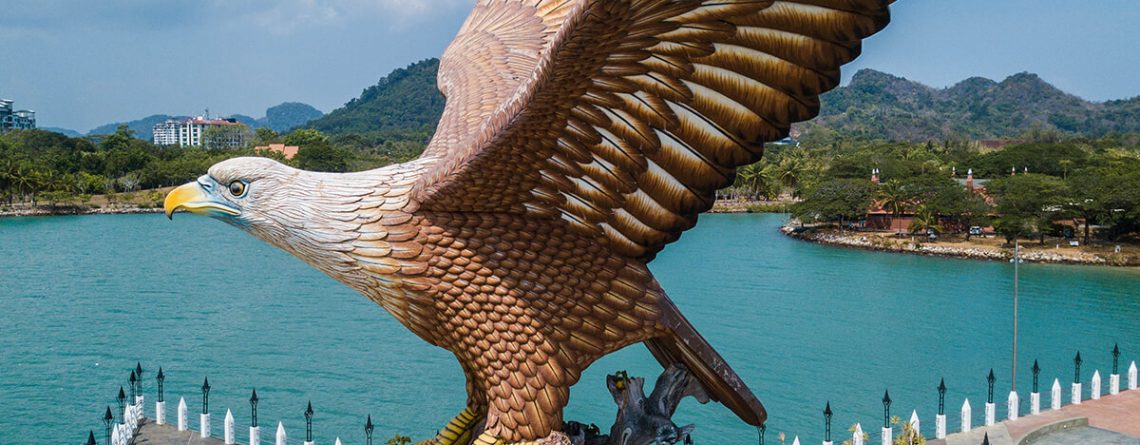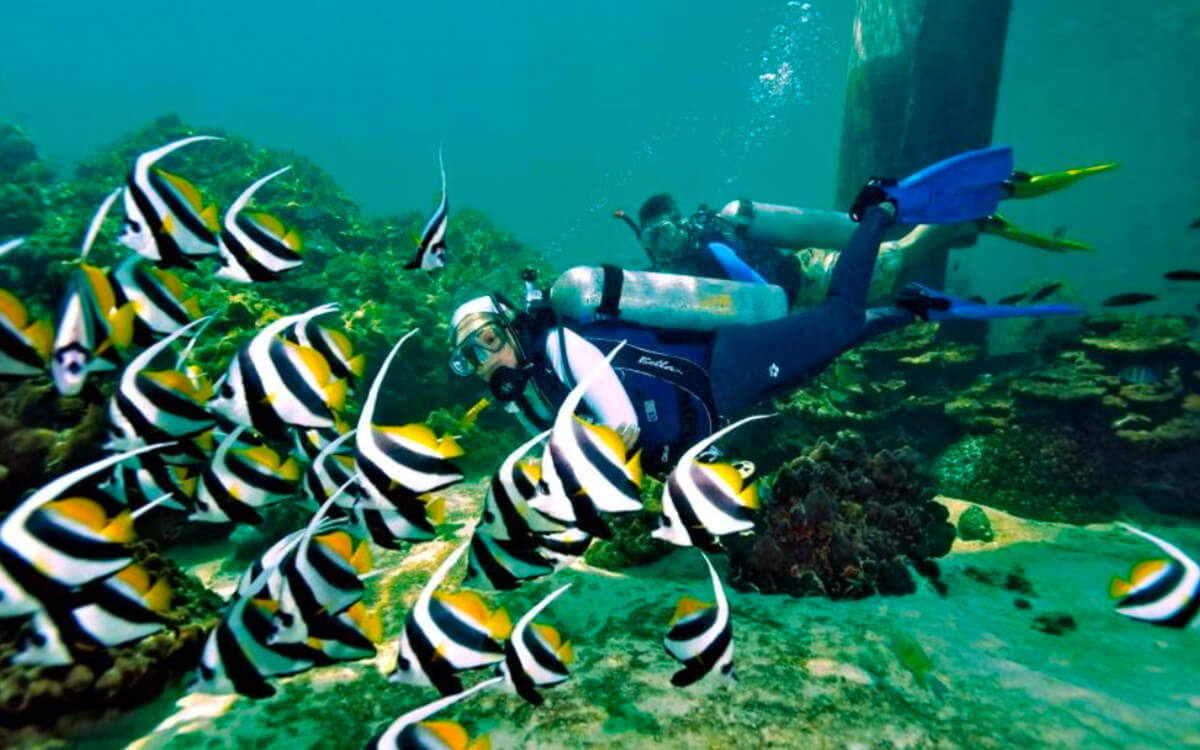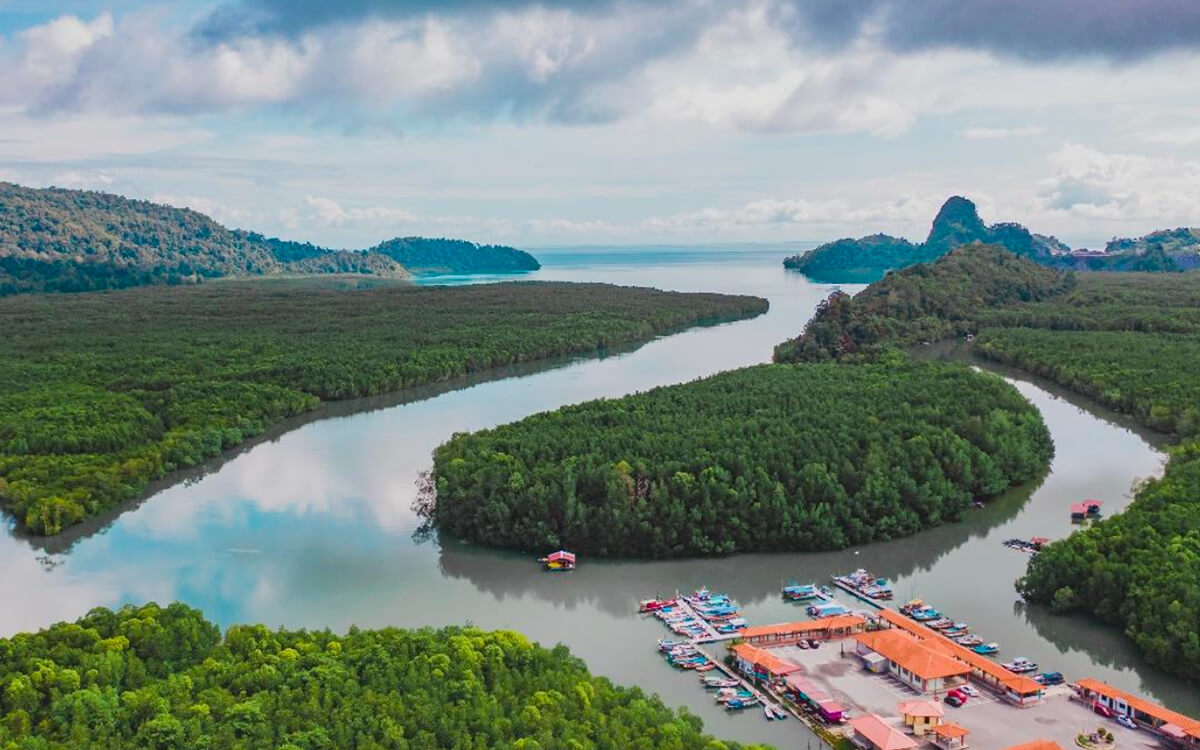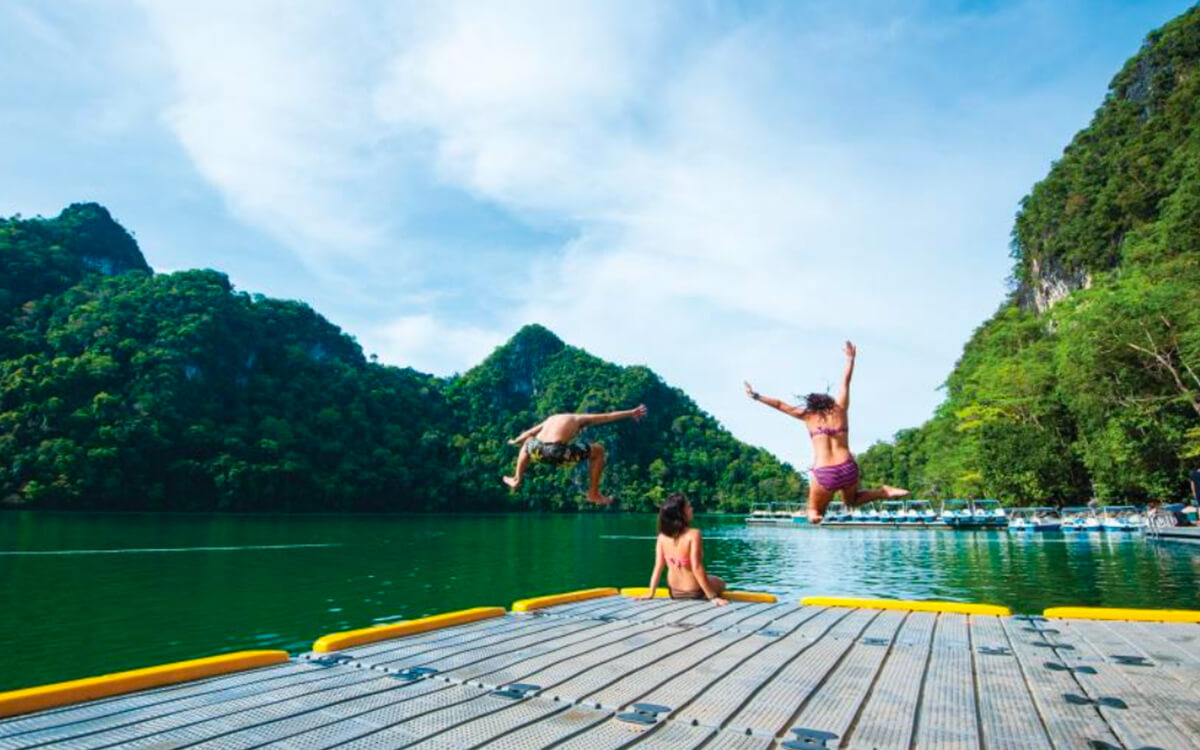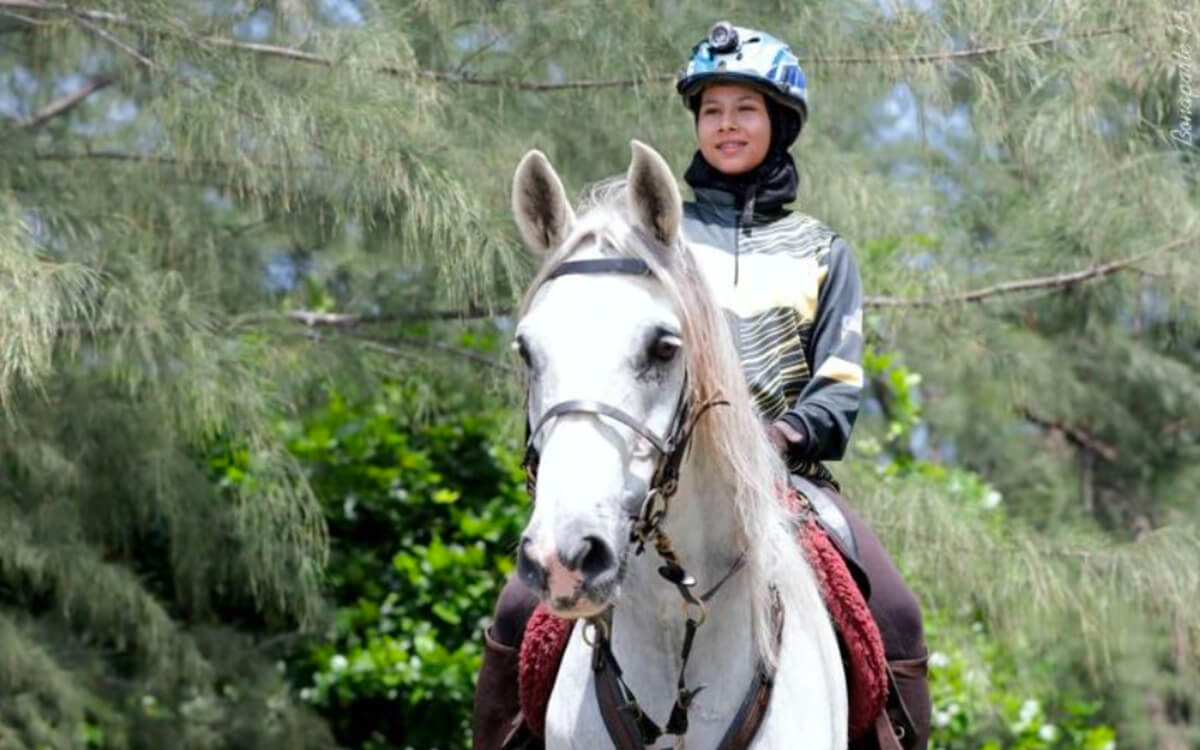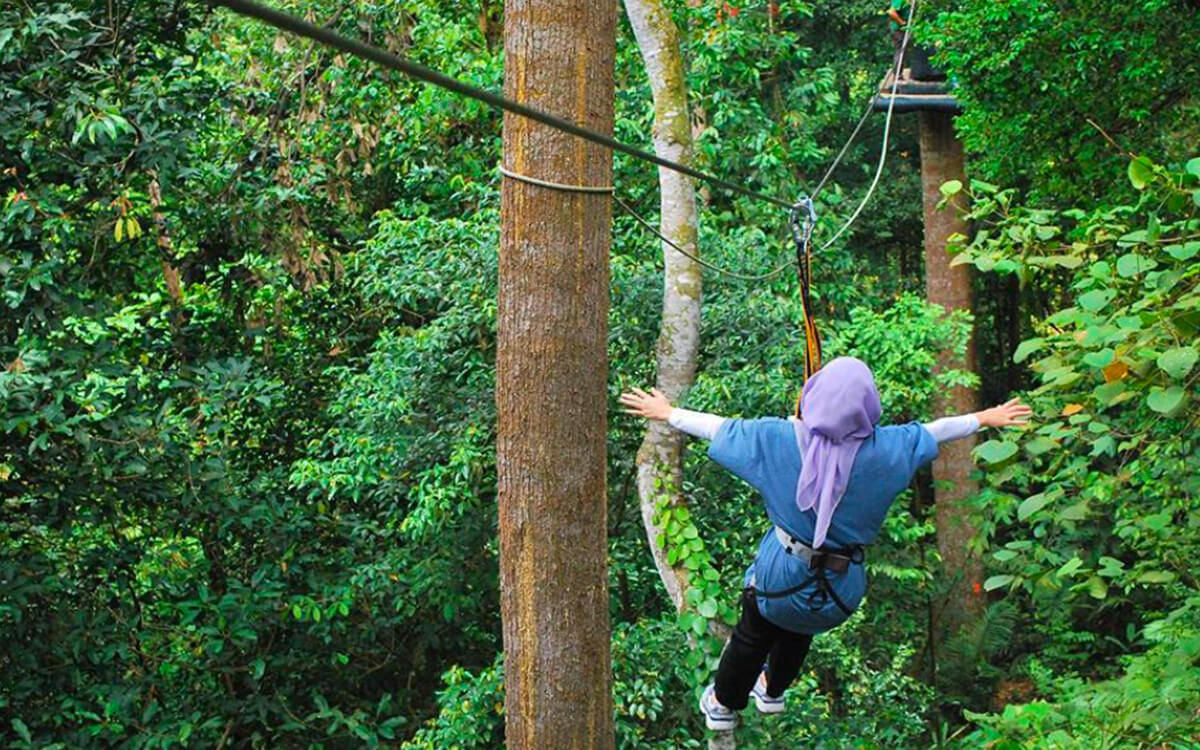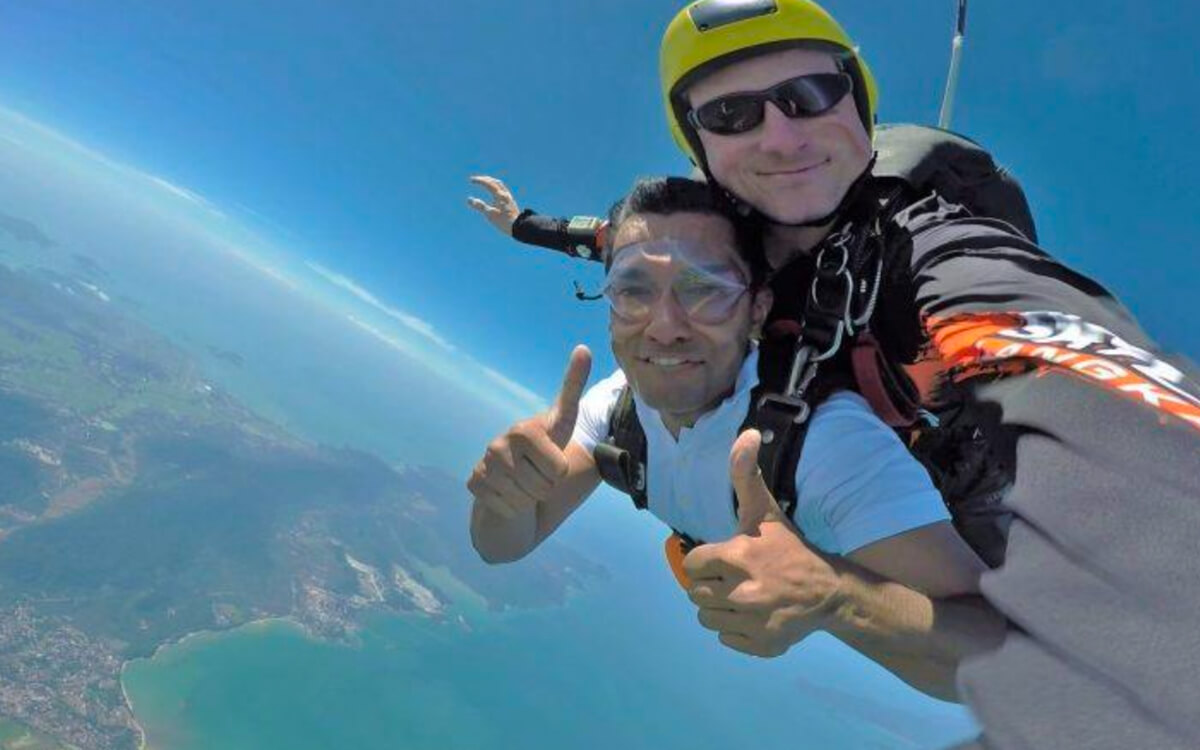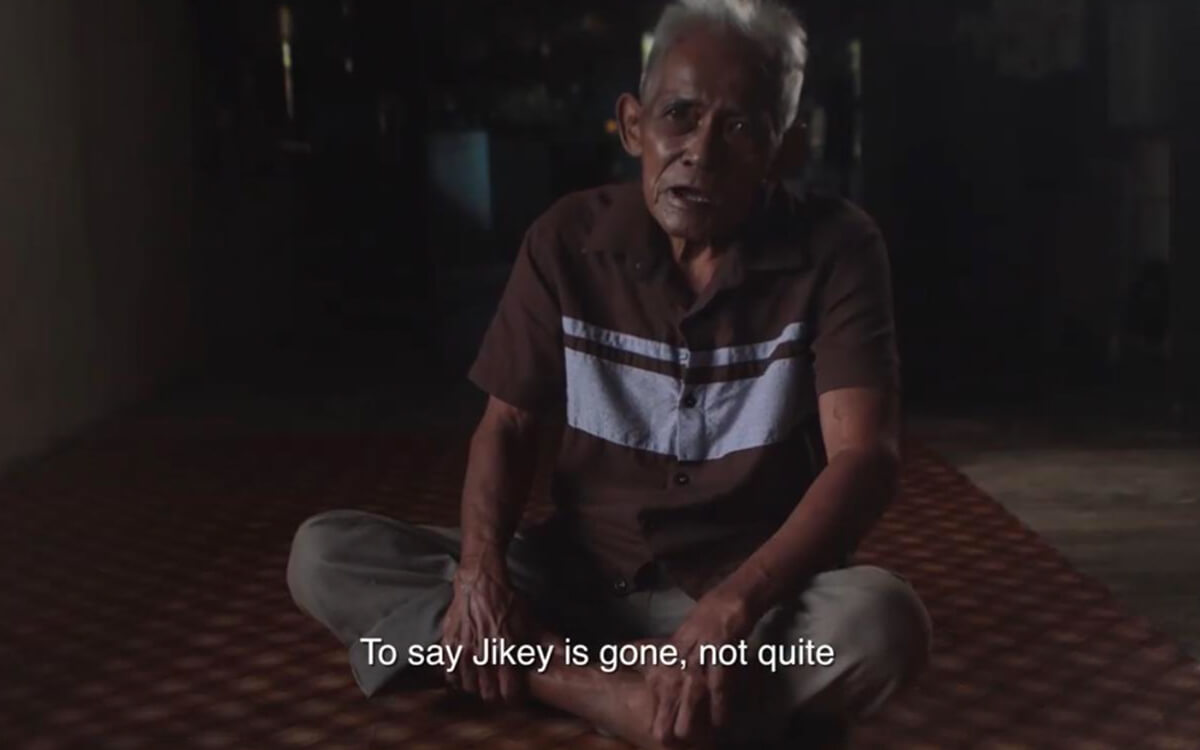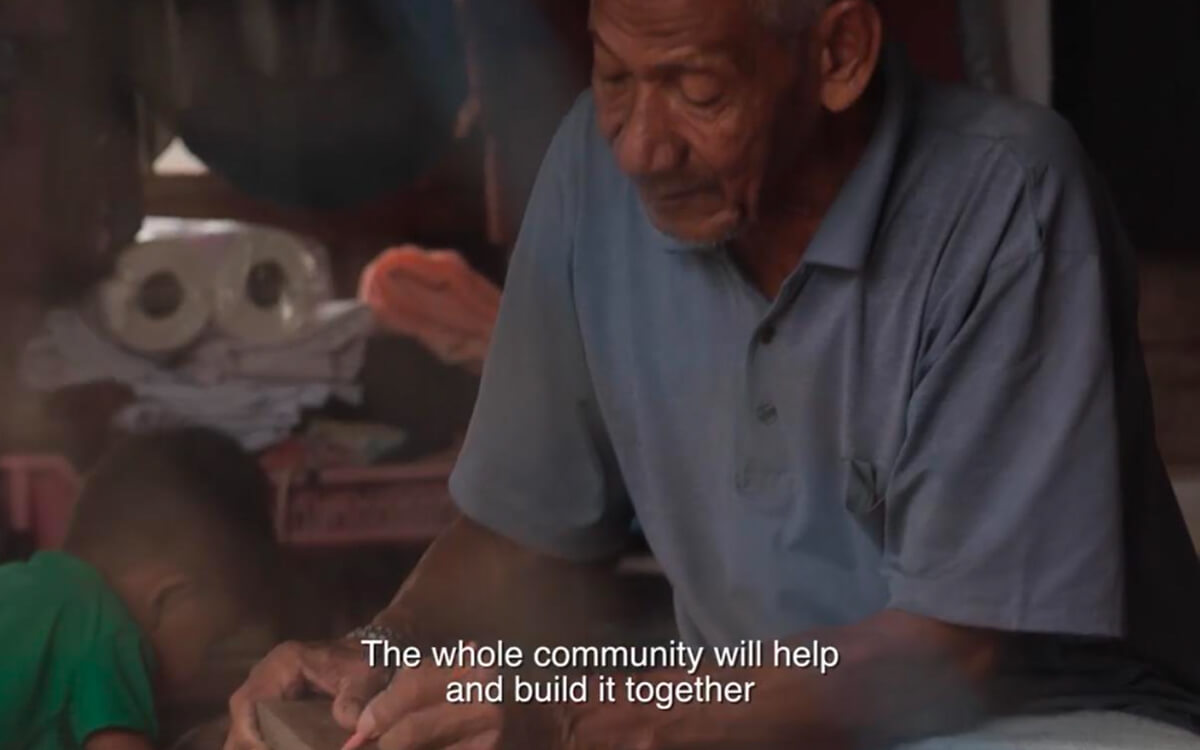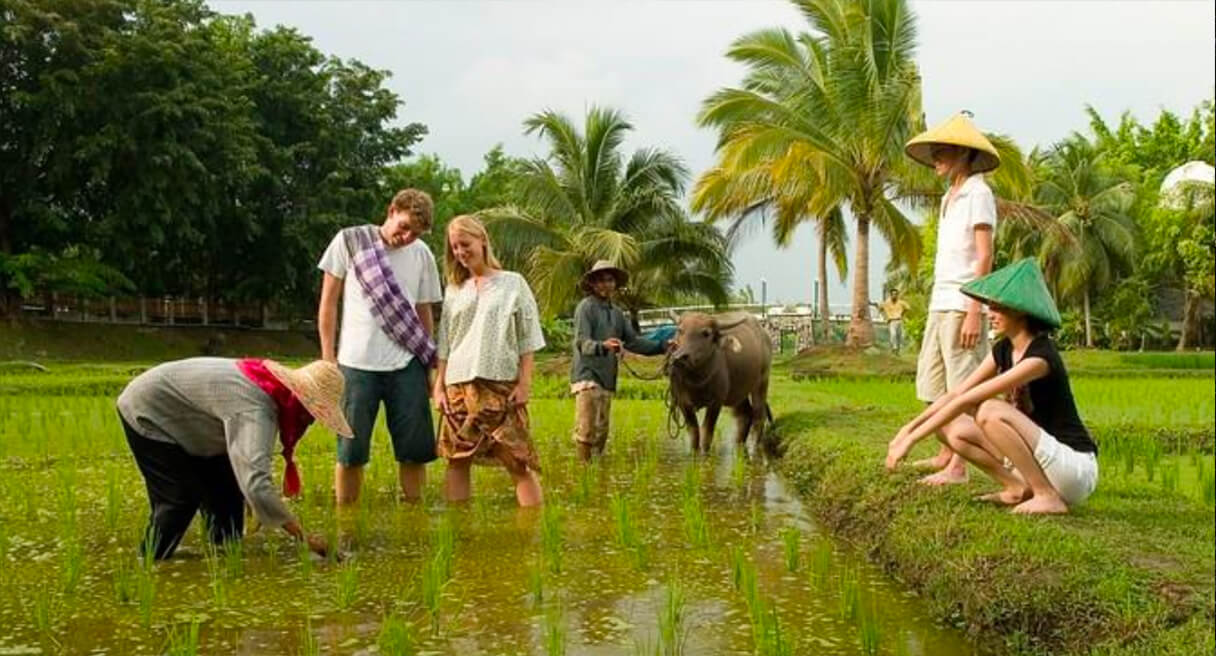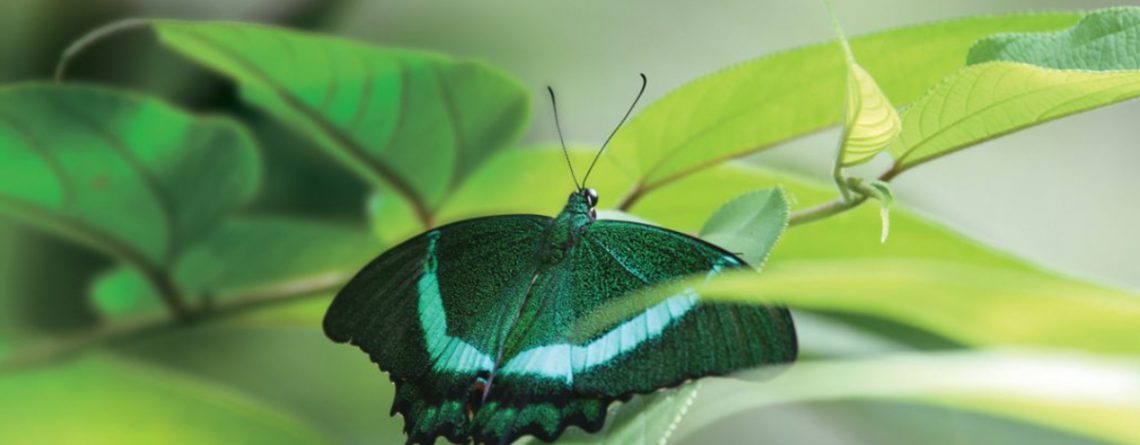Langkawi : Striking An Equilibrium Between Nature And Environment
We are now in the anthropause, and this is unprecedented. A group of researchers recently coined the term anthropause, referring to the slow-down in human activities around the world. The Covid-19 pandemic pulled us backwards - with its pros and cons. Where are we going next after this pandemic? What does this mean for the tourism industry?
Across the world, governments are implementing lockdown to curtail the spread of the Covid-19 pandemic. People mostly stayed indoors. We are also experiencing the slowing down of economic activities.
The reduction of the use of vehicles, air transport, and halted factories have brought down carbon footprint across the world. Most directly, what this means is cleaner air. In India, residents in northern Punjab are finally seeing the view of the Himalayan mountain range for the first time in 30 years.
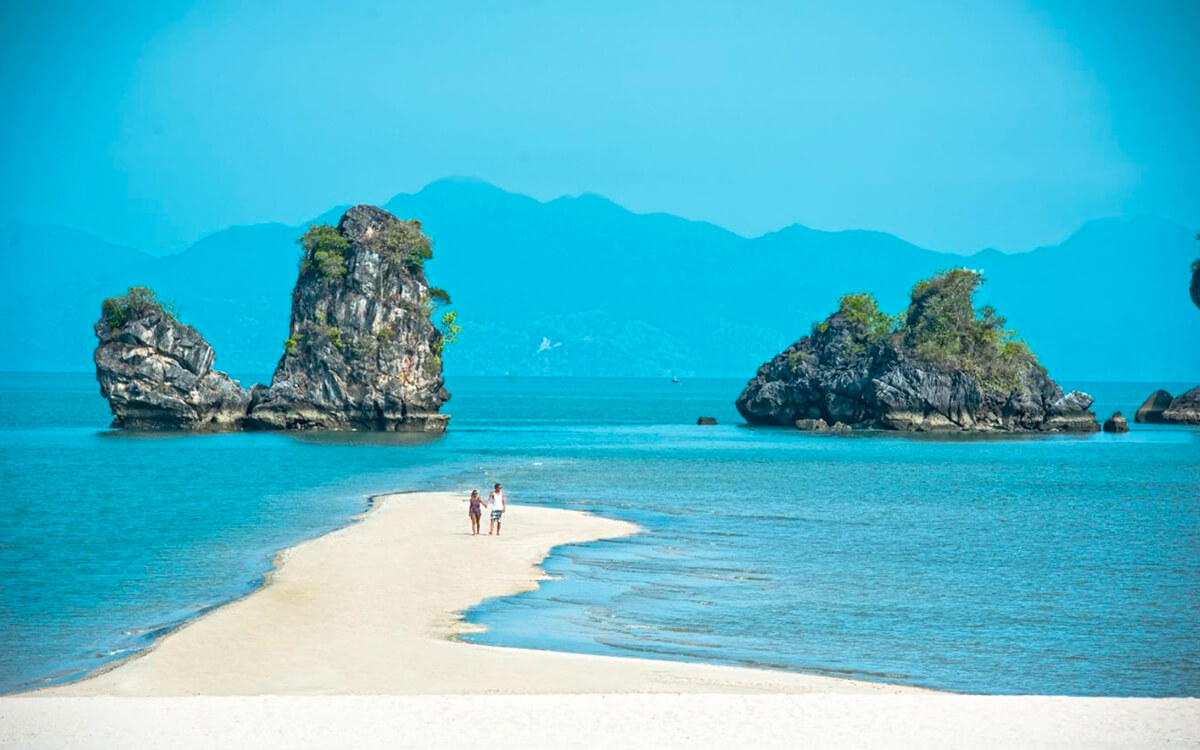
Tanjung Rhu Beach, Langkawi
With the lack of human activities, water quality has also improved in some places. The once busy water canals in Venice appear to have clear water during the strict Italy lockdown.
There are a lot more wildlife sightings in the urban areas, probably due to lowered levels of human interference. The reduction in noise and pollution in the city is less likely to stress wildlife out. Even mountain lions are taking a stroll in downtown Santiago, Chile. The once crowded Koh Samui in Thailand finally saw turtles laying eggs on its beach for the first time in decades.
However, the flipside happened for wildlife that is heavily dependent on human food provision or rubbish scavenging. Hungry monkeys were running amok and fighting for food in Lopburi, Thailand. Tourists usually feed these monkeys near the temple.
At a glance, less human interference is good for the environment. In reality, this issue is complicated. Overtourism is a problem, but how much is too much?
Tourism is one of the most affected sectors during this pandemic. The dimmed tourism industry also affected sustainable tourism that supports conservation and preservation of nature.
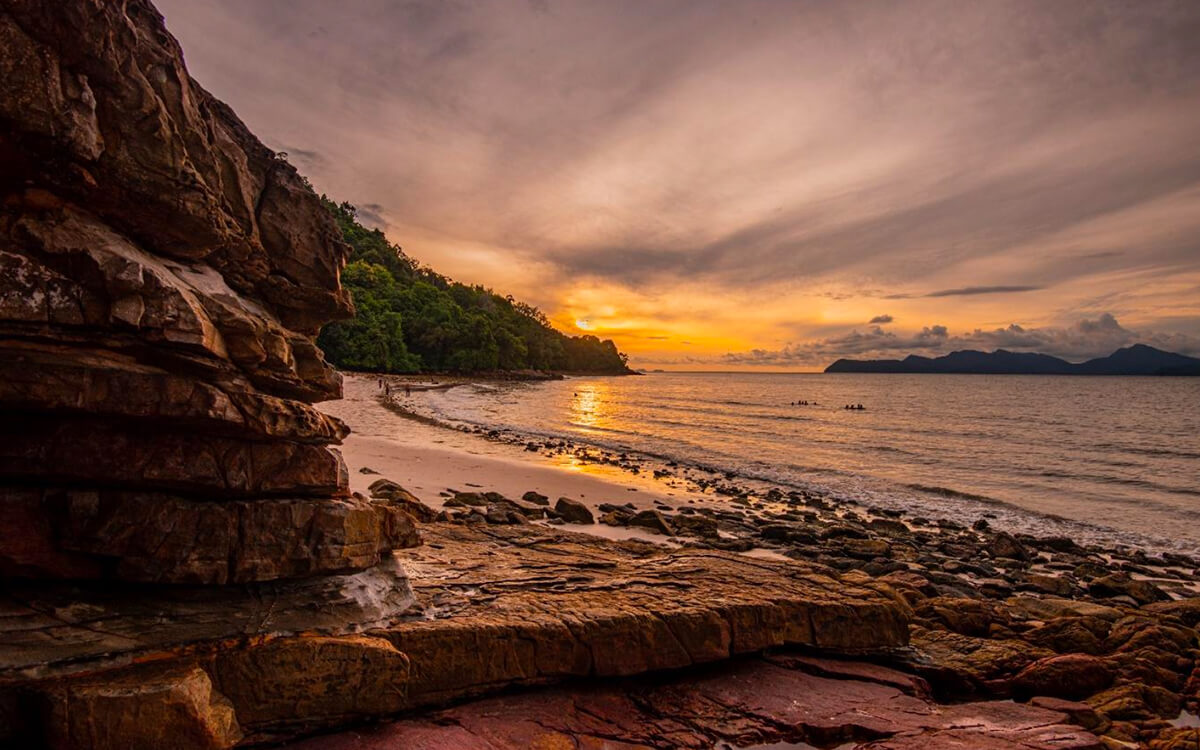
Pasir Tengkorak Beach, Langkawi.
Striking a balance between the livelihood of the local community and the environment is paramount, Responsible tourism is what we need to embrace from now onwards. We need to balance development and environment.
Langkawi’s latest economic blueprint was drawn based on this current challenge. The priority for the tourism industry is to highlight Langkawi as a destination that is safe, clean and sustainable. This will also be a constant effort to stay true to its UNESCO Global Geopark status that emphasizes protection, education and sustainable development.

Sky Cab at Mat Chinchang Cambrian Geoforest Park, Langkawi
There are three main conservation areas under Langkawi UNESCO Global Geopark: Kilim Karst Geoforest Park that is surrounded by mangrove forests; the mountainous Mat Chinchang Cambrian Geoforest Park; and Dayang Bunting Marble Geoforest Park with an impressive lake.
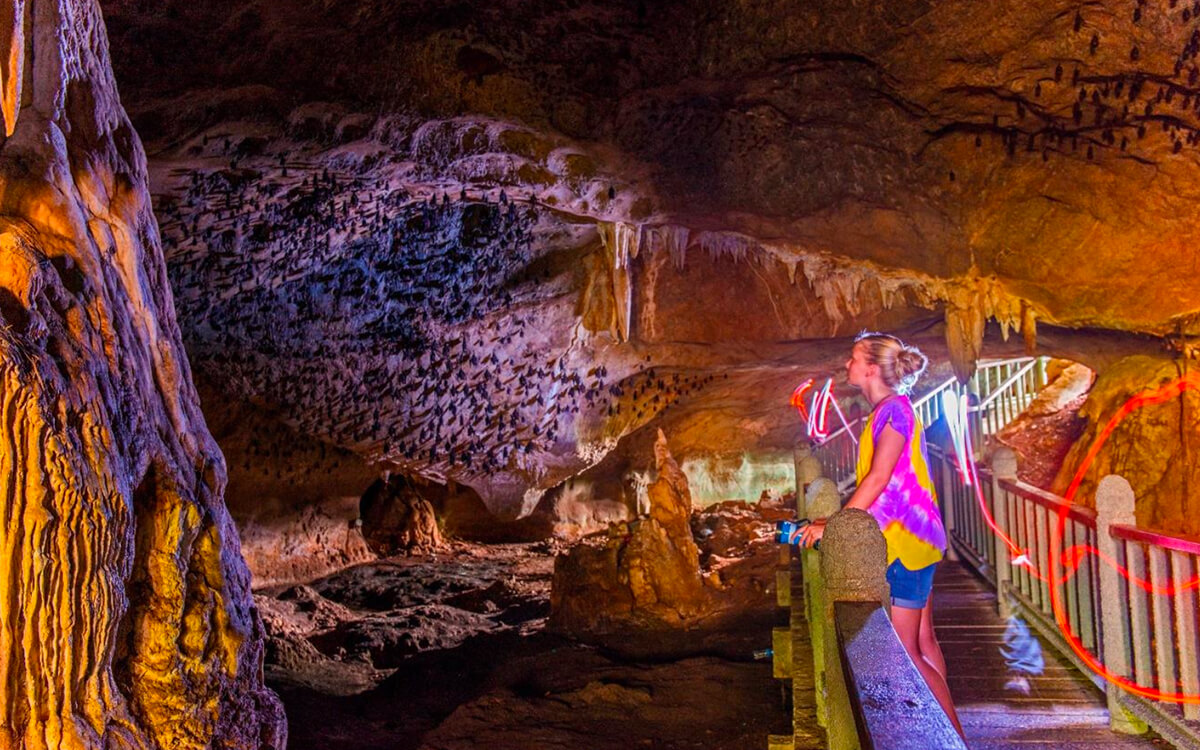
Bat Cave, Langkawi.
These locations serve as pivotal points for educational ecotourism and geotourism areas that also benefited the locals on top of preserving the unique environment. The constant cultivation about the ethnic, cultural, archaeological, geological and biological treasures and harmonies, the geopark serves as a reminder about the crucial ecosystem and our role to protect it.
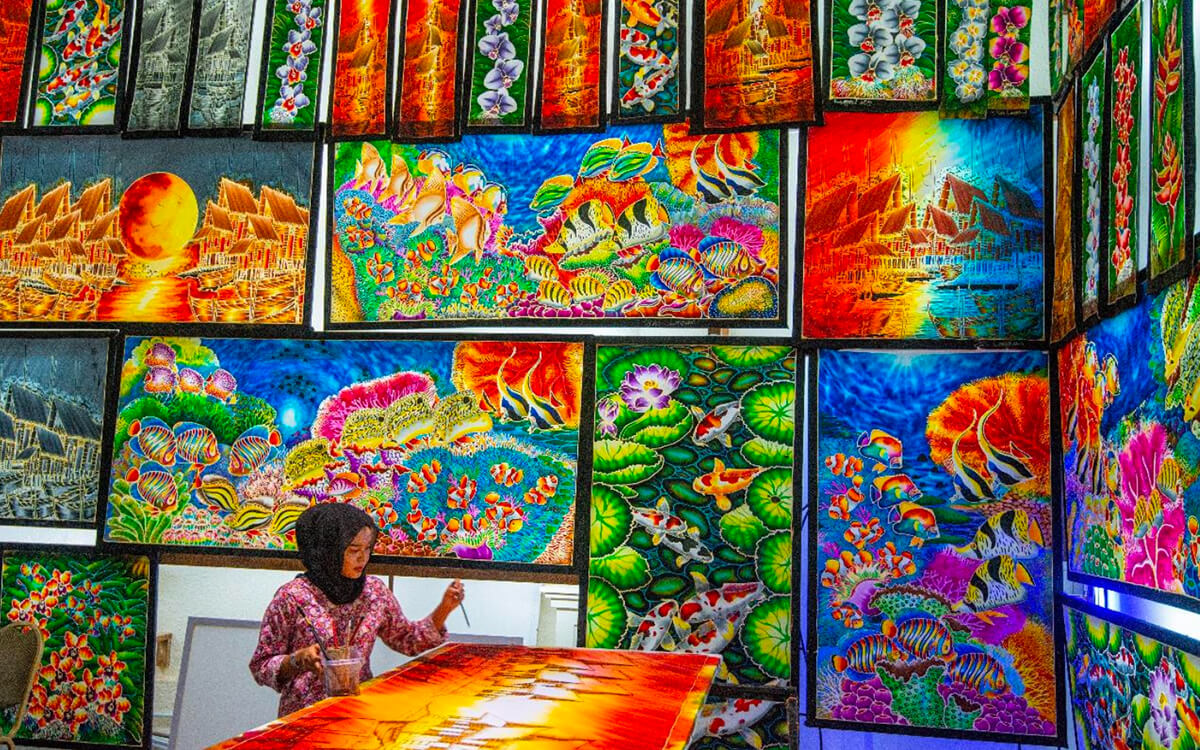
Batik painting at Craft Complex, Langkawi
The middle ground has always been there - sustainable development. It is time we rethink our relationship with the environment and adapt for long-term resilience through sustainability.
Contact:
About Langkawi Development Authority (LADA)
Langkawi Development Authority (LADA) was established by the federal government to plan, promote and implement development on the island of Langkawi. LADA was officially established on March 15, 1990 under the Langkawi Development Authority Act 1990 (Act 423) and placed under the authority of the Ministry of Finance.
For further details, please visit www.lada.gov.my or visit www.naturallylangkawi.my
Langkawi Development Authority, LADA
Tel : 04-9600600
Faks : 04-9661019
Email : [email protected]

